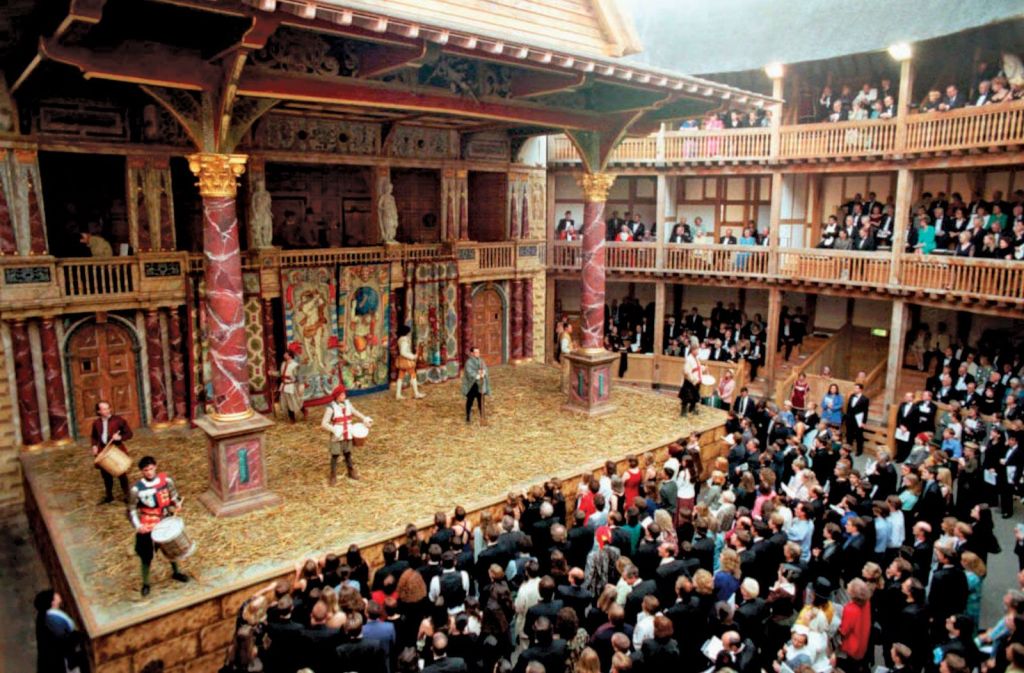William Shakespeare, often referred to as the “Bard of Avon,” is a name that resonates through the corridors of time. His timeless plays, sonnets, and contributions to the world of theater continue to captivate audiences around the globe. One of the most remarkable aspects of Shakespeare’s legacy is his influence on modern theater and acting, which can be attributed in large part to the iconic Globe Theater.

The Globe Theater: A Beacon of Innovation
Shakespeare’s association with the Globe Theater was transformative. Built in 1599 on the south bank of the River Thames in London, the Globe became the primary venue for Shakespeare’s plays. Its unique design, with an open-air stage surrounded by three tiers of seating, created an intimate connection between actors and audience members that remains a hallmark of modern theater.
- Theater Architecture: The Globe’s circular design and lack of a traditional proscenium arch made every seat in the house a front-row experience. This innovation challenged playwrights and actors to engage with the audience on a more personal level, a concept that modern theaters still embrace.
- Natural Lighting: The absence of artificial lighting in the Globe Theater meant that performances took place during daylight hours. This limitation forced actors to understand and master the nuances of natural light, a skill that carries over into today’s theater productions.

Shakespearean Language: The Cornerstone of Modern Acting
Shakespeare’s language is a cornerstone of modern acting and performance. His eloquent prose and poetry challenged actors to convey complex emotions and ideas, fostering a level of depth and complexity that remains relevant today.
- Verse and Prose: Shakespeare’s works are replete with both verse and prose. This duality allowed actors to explore various rhythms and tones, providing them with a rich palette to express character depth.
- Complex Characters: Shakespeare’s characters are some of the most well-developed in the history of theater. Actors who tackle these roles must grapple with intricate motivations, inner conflicts, and character arcs, setting a high bar for contemporary performers.
Shakespearean Influence on Modern Theater
Shakespeare’s impact on modern theater is immeasurable. His themes, characters, and narrative structures continue to inspire playwrights, directors, and actors worldwide.
- Adaptations and Reimaginings: Countless adaptations and reimaginings of Shakespeare’s works exist, from modernized settings to contemporary retellings. Films like Baz Luhrmann’s “Romeo + Juliet” and theater productions like “Hamilton” owe a debt to Shakespeare’s enduring appeal.
- Acting Techniques: Acting techniques developed in Shakespeare’s era, such as iambic pentameter and the use of rhetorical devices, still influence actor training today. The ability to convey complex emotions and engage audiences emotionally remains paramount in contemporary theater.
William Shakespeare’s legacy extends far beyond the Elizabethan era in which he lived. His connection to the Globe Theater and the enduring influence of his language on modern theater and acting underscore his status as a cultural icon. The Globe Theater, with its innovative design and emphasis on actor-audience interaction, set the stage for contemporary theaters to build upon. Shakespeare’s works continue to be performed, adapted, and celebrated worldwide, reminding us of the enduring power of storytelling and the timeless relevance of the human experience.

You must be logged in to post a comment.